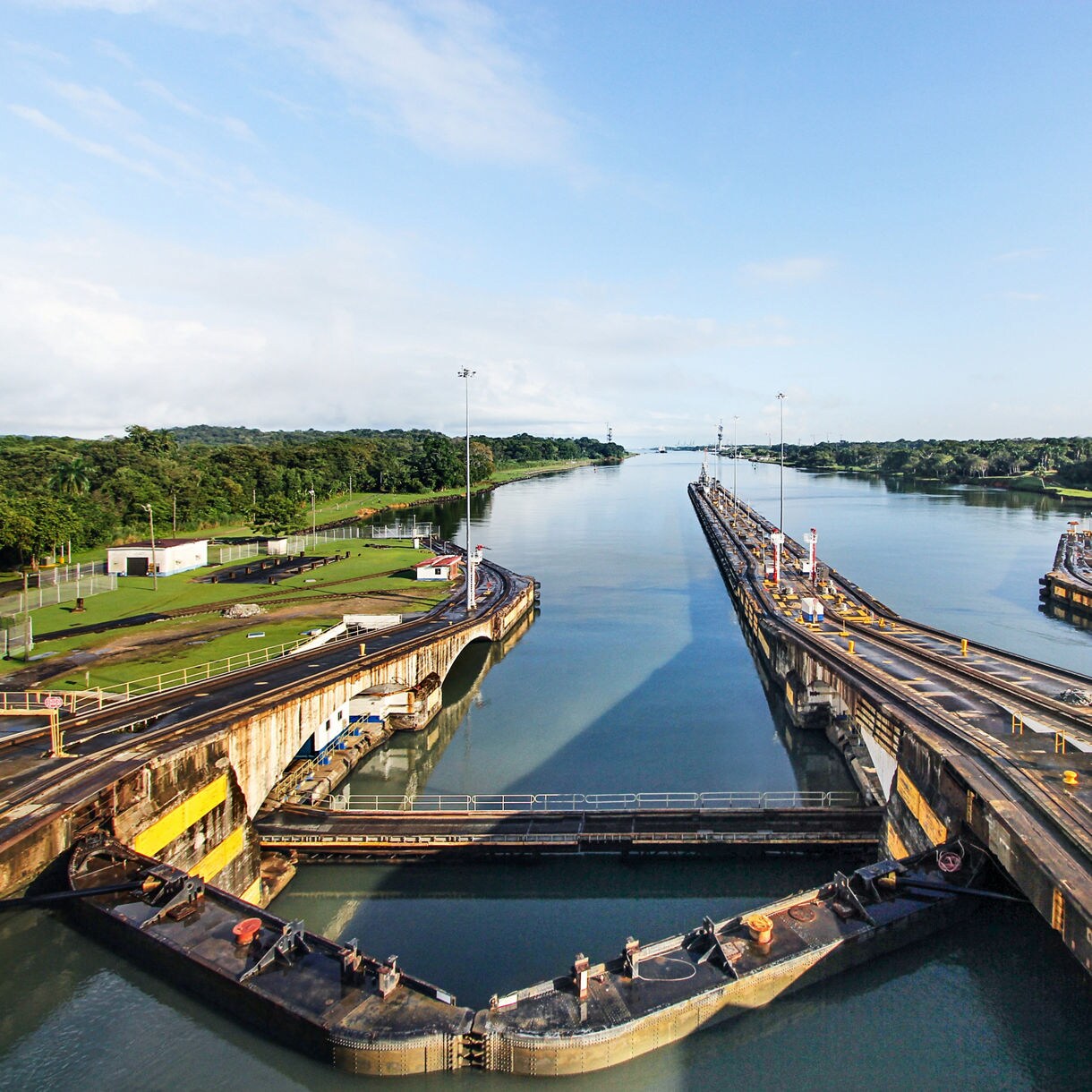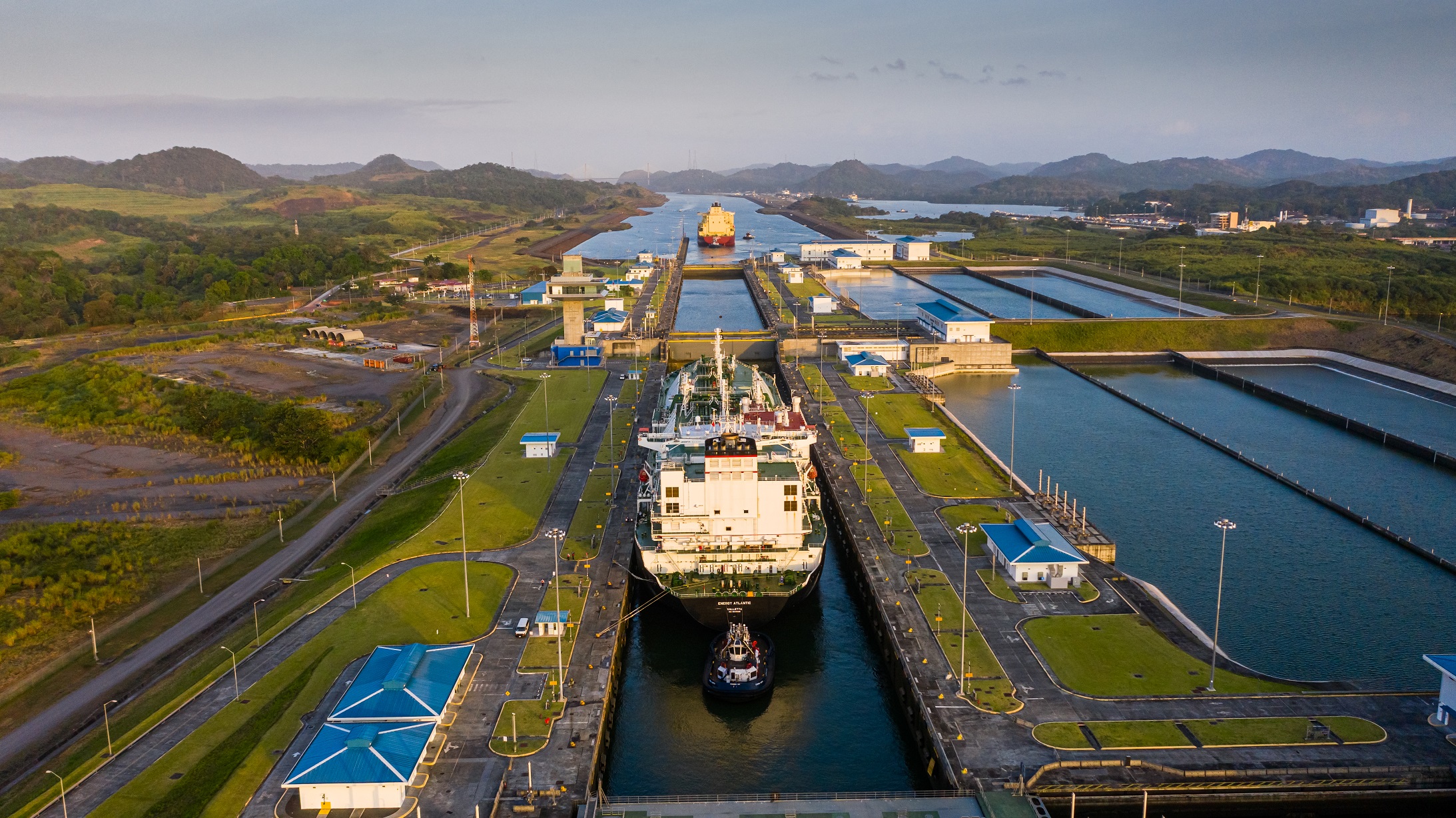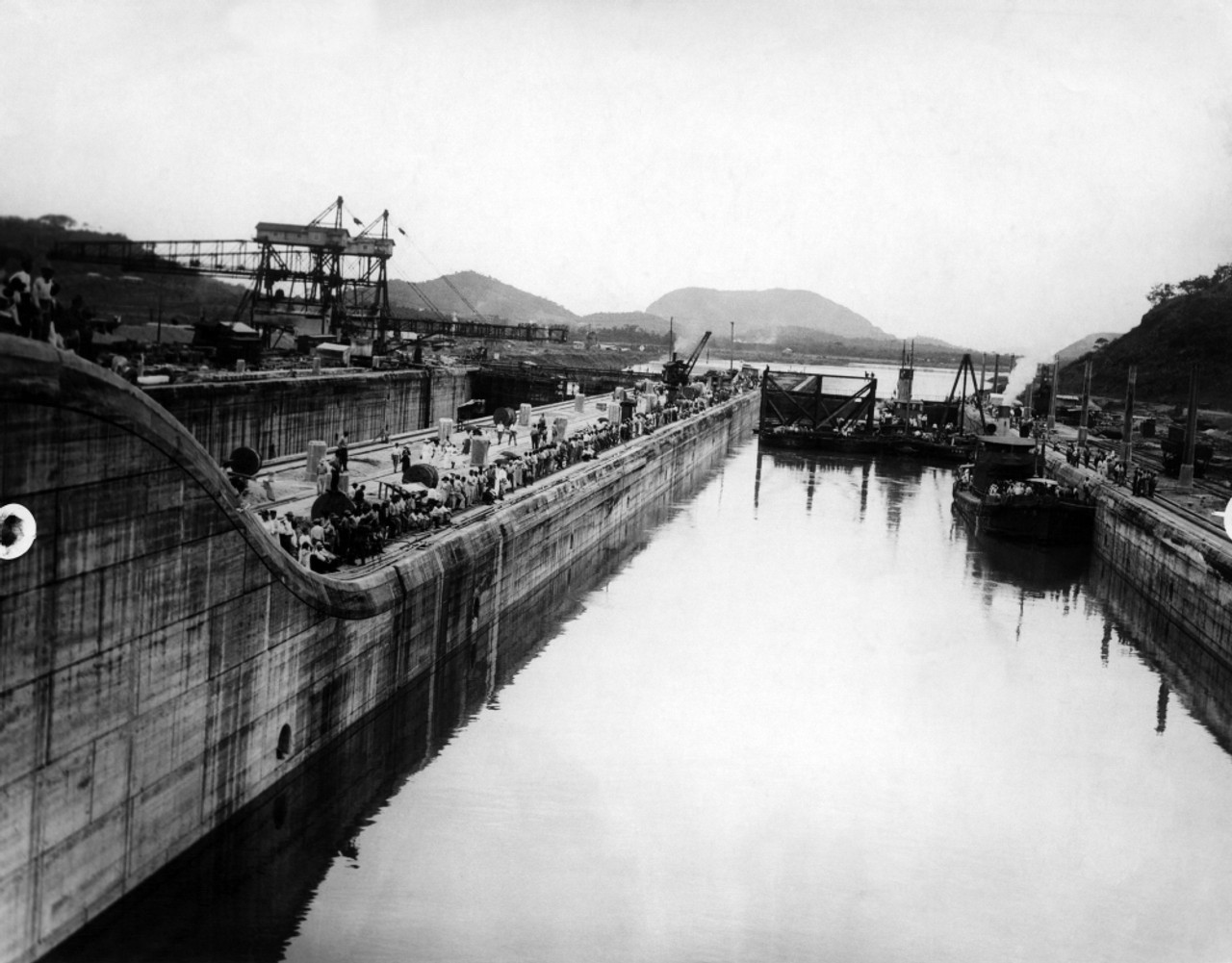Unlocking the Panama Canal: A Comprehensive Guide to its Timeline and Map
Table of Contents
- Canal de Panamá aumenta eslora permitida para las esclusas neopanamax ...
- Panama Canal: How Long Is It? Discover Today! - MeasuringKnowHow
- Book Review of “The Closer” — (19/52) | by Viraj Patel | The 2015 Book ...
- Trump threatens to ‘demand the return’ of Panama Canal: What is its ...
- Smart Travel | AAA Oregon/Idaho
- The Panama Canal Is 100 Years Old, Just In Time For Its Makeover ...
- The Panama Canal History - Item # VAREVCHBDPACACS001 - Posterazzi
- The Panama Canal - Panama City, Central America - Arrivalguides.com
- Panama Canal expands so it’s not left in the past - The Washington Post
- The History of the Panama Canal - Techhistorian



A Brief History of the Panama Canal



Timeline of the Panama Canal

- 1881: The French begin construction on the Panama Canal.
- 1889: The French abandon the project due to engineering problems and financial issues.
- 1904: The United States takes over the project and begins construction.
- 1914: The Panama Canal is officially opened on August 15.
- 1977: The Torrijos-Carter Treaties are signed, transferring ownership of the canal to Panama by the end of 1999.
- 1999: The Panama Canal is transferred to Panama on December 31.


Map of the Panama Canal
The Panama Canal stretches approximately 51 miles (82 kilometers) from the Atlantic Ocean to the Pacific Ocean, crossing the Isthmus of Panama in Central America. The canal has three sets of locks: the Gatun Locks, the Pedro Miguel Locks, and the Miraflores Locks. These locks raise and lower ships between the two oceans, allowing them to pass through the canal. The canal's map also features several important landmarks, including:- Gatun Lake: A large artificial lake that forms part of the canal.
- Colón: A city located at the Atlantic entrance of the canal.
- Panama City: The capital city of Panama, located at the Pacific entrance of the canal.

Importance of the Panama Canal
The Panama Canal is one of the most important waterways in the world, with over 14,000 vessels passing through it every year. The canal saves time, fuel, and resources by allowing ships to travel between the two oceans without having to navigate around South America. The canal also generates significant revenue for Panama and has become a vital part of the country's economy. In conclusion, the Panama Canal is an engineering marvel with a rich history and significant importance in global trade. Its timeline and map, as outlined in Britannica, provide a fascinating glimpse into the canal's construction, operation, and impact on the world. Whether you're interested in history, geography, or engineering, the Panama Canal is a topic that is sure to captivate and inspire.For more information on the Panama Canal, visit Britannica and explore their comprehensive resources on this incredible feat of engineering.